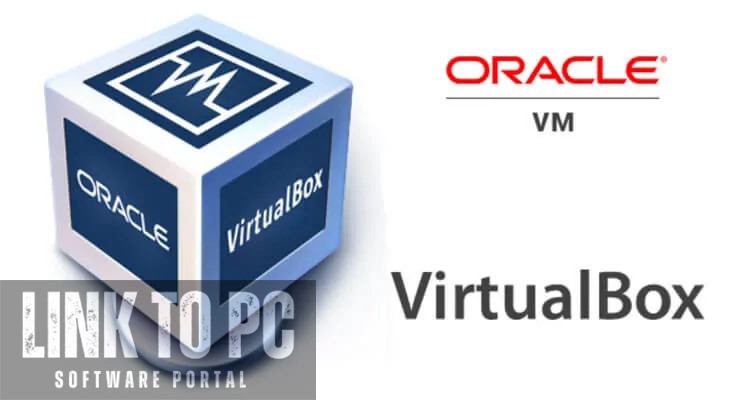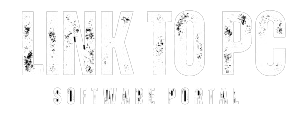VirtualBox
VirtualBox is a general-purpose full virtualization software for x86_64 hardware (with version 7.1 additionally for macOS/Arm), targeted at laptop, desktop, server and embedded use.

Key Features and System Requirements of VirtualBox
Introduction
VirtualBox is a versatile virtualization tool developed by Oracle. It allows users to create and manage virtual machines (VMs), enabling them to run different operating systems simultaneously on their computer. Whether for testing new software, simulating network setups, or learning new operating systems, VirtualBox offers a cost-effective and efficient solution for professionals and hobbyists alike.
Key Features of VirtualBox
- Cross-Platform Support:
- Compatible with Windows, macOS, Linux, and Solaris as host operating systems.
- Wide Guest OS Compatibility:
- Supports a range of guest operating systems, including Windows, Linux, macOS, and FreeBSD.
- Snapshot Feature:
- Enables users to save the state of a virtual machine and revert to it at any time.
- Shared Folders and Clipboard:
- Allows seamless file sharing and clipboard operations between host and guest systems.
- Multiple Display Support:
- Offers multi-screen resolutions and support for multiple monitors in the guest OS.
- Virtual Networking:
- Provides a range of networking options, including NAT, bridged networking, and internal networking.
- USB Device Support:
- Allows the virtual machine to access USB devices connected to the host system.
- 3D Graphics Acceleration:
- Supports hardware-accelerated 3D graphics for enhanced performance.
- Command-Line Interface (CLI):
- Enables advanced users to manage VirtualBox using powerful CLI commands.
- Open Source:
- Available under the GNU General Public License (GPL), making it free to use and modify.
System Requirements
For Windows
- Operating System: Windows 8.1 or later (32-bit and 64-bit supported)
- Processor: x86 or AMD64-compatible CPU
- RAM: Minimum 4 GB; 8 GB or more recommended for optimal performance
- Disk Space: At least 2 GB of free storage (additional space required for virtual machines)
- Graphics: Supports DirectX or OpenGL-capable graphics
For macOS
- Operating System: macOS 10.13 (High Sierra) or later
- Processor: Intel or Apple Silicon (M1/M2) with Rosetta 2 installed
- RAM: Minimum 4 GB; 8 GB or more recommended
- Disk Space: At least 2 GB of free storage (additional space required for virtual machines)
For Linux
- Operating System: Major distributions like Ubuntu, Fedora, Debian, or CentOS
- Processor: x86 or AMD64-compatible CPU
- RAM: Minimum 4 GB; 8 GB or more recommended
- Disk Space: At least 2 GB of free storage (additional space required for virtual machines)
- Additional Software: Recommended to install DKMS for kernel module management


Leave a Reply